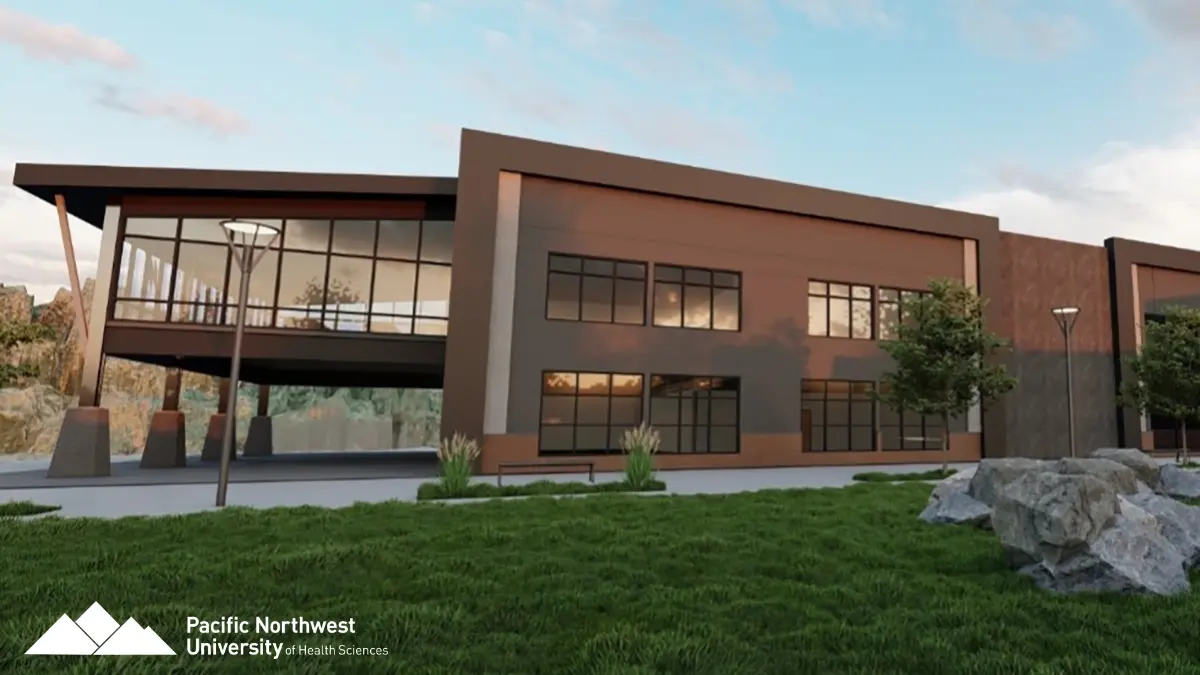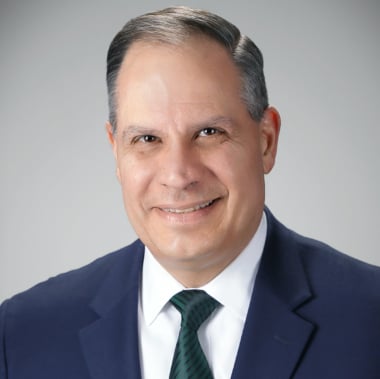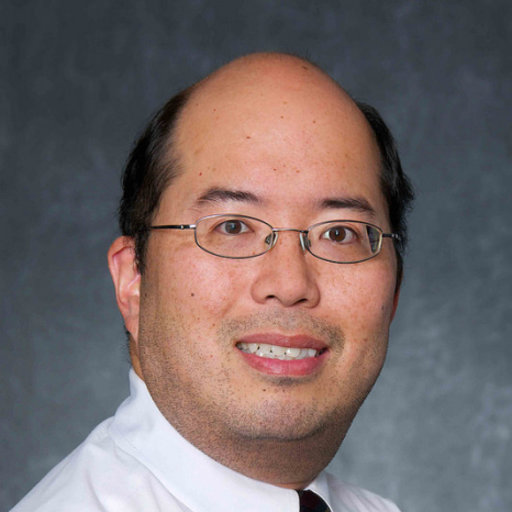Last Updated on August 1, 2024 by Laura Turner
Fotinos S. Panagakos, DMD, PhD is the founding dean of the Pacific Northwest University of Health Sciences (PNWU) School of Dental Medicine. He recently spoke with the Student Doctor Network about launching a new school to increase access to dental care in the Northwest.
This interview has been lightly edited for clarity.
About the Program
What attracted you to work with PNWU to launch this program?
Fotinos S. Panagakos: The mission of PNWU: To educate and train health care professionals emphasizing service among rural and medically underserved communities throughout the Northwest.
Does this program tap into other programs that promote health professional careers, such as AHEC? Student-run or community-free clinics? Programs with professional societies?
Yes to all three; we plan to have our students participate in the Central Washington AHEC. Our students will deliver care in one of three community-based clinics. We have partnered with the WSDA [Washington State Dental Association] and local dental societies to support our program and students in each of these communities. External rotation sites will include Indian Health Services clinics, other FQHC [federal qualified health centers] and community-based clinics, and rural private practices. During all three years at the community-based clinics, students will engage in interprofessional education (IPE) activities with other health professionals and health professional students, including co-management of patients.
Admissions Information
What is your pitch to students to join as members of the first (few) classes?
Our pitch involves informing interested students about our unique educational program, small class size, state-of-the-art educational and clinical equipment, and being taught by a highly competent and compassionate faculty and staff.
How is the dental admissions process overseen?
PNWU has an admissions office which manages the process, paperwork, etc. The school has its own admissions committee, which reviews applicants, interviews, and makes the final decision on acceptances.
How are you selecting the right students?
Our focus is on applicants from:
- Washington and the four-state Northwest region (Montana, Idaho, Oregon, and Alaska)
- Rural/Underserved Areas
- Tribal and historically underrepresented groups
- First-generation and those from disadvantaged backgrounds
- Strong desire to practice in an underserved area
What is your advice on how applicants can best describe their unique journeys and experiences towards becoming a dentist?
Tell us your story and why our school is the right fit for you. It will be a challenge in the personal statement, which needs to be general if the applicant is applying to other programs.
What are your admissions policies?
Our admissions requirements can be found here; we will be using Casper and Kira Talent assessments.
What will your interview format be?
Interviews will be in person on campus; invited applicants will be interviewed by two admissions committee members. No other on-site assessments will be given.
Are there any plans to establish or build on existing Early Admissions MOU agreements with local colleges, minority-serving institutions, or HBCUs?
We have established 3+4 admissions pathways with selected schools; a list can be found on our website.
Can students in the PNWU special masters program (MAMS) get special consideration for an interview based on their performance?
There is a pathway program from MAMS to the SDM, which is described on our website.
How would you address concerns about achieving full accreditation status? What roles should students be prepared to play in providing feedback?
We feel our program is well-positioned to receive full accreditation prior to the first class graduating. Students will be involved with the accreditation process per CODA requirements.
Financial Considerations
Some new programs have dropped entrance exam requirements. Can you describe the rationale?
We will not require the DAT. We do not feel the test is a predictor of future success in dental school, and for many under-represented group applicants, it is a barrier to applying.
Will your program be eligible for the federal student loan program?
Our program will be eligible for Federal student aid with our initial accreditation status.
What plans does your program have to minimize student debt and support students who want to work with underserved communities?
We are working to minimize fees that students pay; we also are aggressively raising scholarship funds. Students who work in underserved areas are eligible for federal and state loan repayment funds. We also promote military HPSP programs.
How to Get Into Dental School
Curriculum, Community, Diversity, and Belonging
Briefly describe unique elements of the dental school curriculum.
The school’s unique curriculum is described here. We expect students to attend all class sessions unless excused. We will not be offering any note-taking services. All lectures are recorded and posted after the session for students to go back and review if needed.
How is practice management addressed in the curriculum?
We will have a practice management course in the curriculum. Students will also experience various aspects of running a dental office through rotations at each of the community clinics.
Describe how on-campus and near-campus student safety is addressed.
The university provides 24/7 security on campus. Each community health center has its own safety protocols and systems in place for each of the community-based clinics.
How do community organizations and professional societies contribute to student education, advocacy, and support?
We have partnered with the local dental societies and the WSDA to provide mentorship to our students once they begin their community clinic assignments. We are currently exploring how our students can engage with their respective local communities. Each student is expected to complete 100 hours of community service activity above any required, curricular community activities.
What support is planned for career development and placement for students?
The SDM will provide career development and assistance with placement for its students following graduation.
Are student spaces for dental students shared with students from other health professions, or do they get their own spaces?
Students have their own lockers, and some teaching spaces are unique to a program; there are common huddle rooms that can be used for studying by any students; there is a meditation/prayer room and a mother’s room on campus. The Multicare Learning Center and the Delta Dental Equity Hall have student lounge areas, a game room (ping pong, foosball, pool), an eGaming room, and a wellness room (fitness equipment, yoga space), as well as an outdoor basketball court.
Can you comment on transportation management: shuttles, car parking, bicycles, and pedestrian design?
The campus is small and pedestrian-friendly. There is ample free parking for all faculty, staff, and students.
Describe the learning support or psychological counseling available to students.
The PNWU student affairs office provides counseling services. The university also subscribes to a 24/7 online support service that students can access. There is a PNWU wellness committee that coordinates university-wide wellness activities. The dental school will form its own wellness committee in late 2025. The school has a Director of Student Success and Engagement, who will provide an additional layer of support for our students above what PNWU student affairs provides. Students can report harassment to any faculty or staff member or student affairs, and they, in turn, will notify the PNWU Title IX office. Students can also report harassment directly to the Title IX office.
How do dental students interact with your campus simulation center?
We have school and campus simulation resources. The SDM faculty and staff will manage, with support from the PNWU simulations center staff, all school-specific simulation equipment. The PNWU simulation staff will take the lead on any simulation that involves the resources within their center, and any sim activities that are interprofessional.
According to the curriculum, when are students expected to take INBDE and other exams like CDCA/WREB/CITA/ADAT/etc.? Do you have a timeline for when dental students would stand for CDCA/WREB/etc.?
INBDE will be taken sometime during the D3/D4 year. We have not reached the point of scheduling licensure exams.
Do you have any insights on the availability of student housing (on-campus or surrounding)? On-campus food (including cultural cuisine options)?
There is no campus-provided housing; there is housing within walking distance from the campus, as well as other places to live in Yakima that are a short drive from campus. There will be limited food service on campus once the new addition is completed.
Clinical Operations and Technology
Can you describe how clinical competencies and required procedures contribute to clinical grades (once this is determined)?
Students will complete formative and summative assessments per our Competencies for the New Dental Graduate In the D2, D3, and D4 years, students will have a comprehensive patient care course where these assessments will be recorded – the grade for these courses is pass/fail. All other courses in the curriculum will receive a grade.
How will patients be recruited to the dental clinics, and how much are students expected to contribute to this effort?
The three community partners currently have a 12+ month wait list for new patients to be seen. Therefore we do not expect any issues recruiting patients. Students may refer family and friends, but they will not be expected to recruit patients – this is the responsibility of the school and the community partner.
What are student expectations for lab work during patient cases?
The school will be using a digital workflow as much as possible for cases that require lab work. Students will learn analog methods as well. Students will perform any necessary lab work and be trained on how to critically evaluate lab work from commercial labs.
Can you describe the philosophy of the organization and operation of the dental clinic facilities (once construction is completed)?
In accordance with the school’s mission, the Pacific Northwest University of Health Sciences – School of Dental Medicine (PNWU-SDM), in collaboration with our community partners, will provide comprehensive care with quality oral healthcare services to a diverse group of patients in a professional, caring, efficient, and safe environment. The PNWU-SDM is committed to providing a clinical learning environment that is patient-centered and evidence-based rather than procedure-oriented yet still provides students with breadth and depth of clinical experiences to attain and demonstrate competence to be a primary care general dentist.
What are some of the technological innovations that students will most appreciate in their education?
The university uses Moodle as its online course management software and ExamSoft for exam management. The SDM will be using SimtoCare VR systems on the main campus and at the community clinics as an adjunct to the traditional simulation lab. We will also be using the Immersify application for student learning.
Discuss the technologies used to run an efficient student dental clinic on your campus. How many students work together in a preceptor-led practice model?
The community clinics are responsible for providing the EHR used at each clinical site. We will have 36 students (12 per class – D2, D3, and D4) at each clinical site. There will be five full-time GP dentists and part-time specialists (two to three days per week) at each clinical site.
Will students do clinical work/external rotations outside the university?
Yes. D4 students will be able to take up to one semester of time and participate in rotations at other clinical sites in the Pacific Northwest. These rotations will be at DSO clinics, Indian Health Service Clinics, other community clinics, and private practices.
Final Thoughts
What are the biggest challenges or problems facing higher education and training today? Where do you see higher education in ten years?
There are a few challenges facing dental education:
- We are not adapting our curricula as quickly as we should be to the rapidly emerging technology in our space
- We need to integrate dentistry into medicine and treat patients collaboratively and holistically
- The reduction in students attending college which will decrease the applicant pool for dental schools
- We need to increase the number of graduates who go into primary care dentistry and practice where they are needed – in rural and underserved areas, incentivizing them to go there and remain there
- Lack of dental professionals who want to go into dental education




What a fantastic post on maximizing opportunities in dental school! Your insights on networking, seeking out mentorship, and engaging in hands-on experiences really resonate. It’s so important for students to take full advantage of the resources available to them. I especially appreciated your emphasis on the value of volunteering and participating in community outreach—those experiences can be transformative. Thank you for sharing such practical tips that can help future dental professionals make the most of their education!